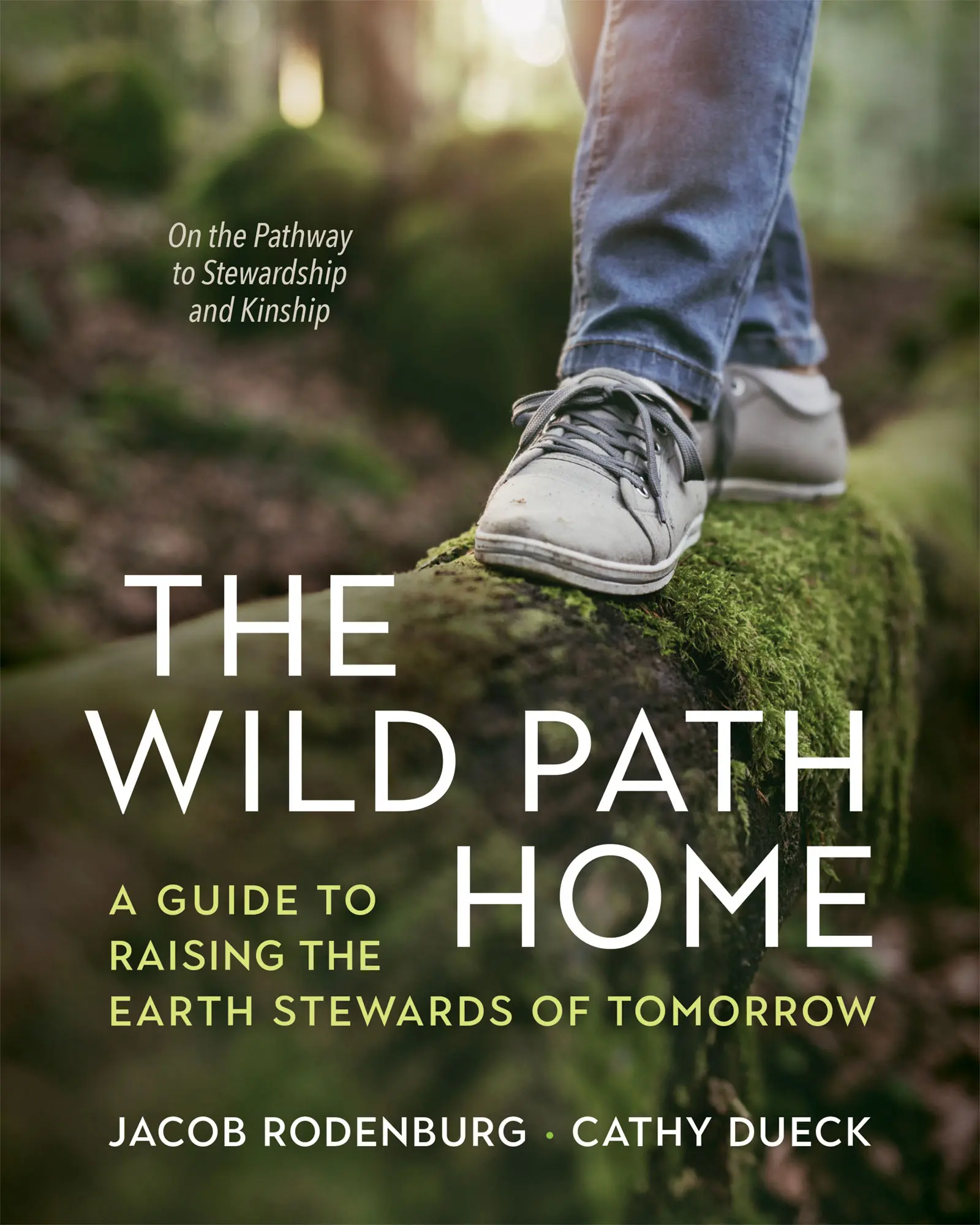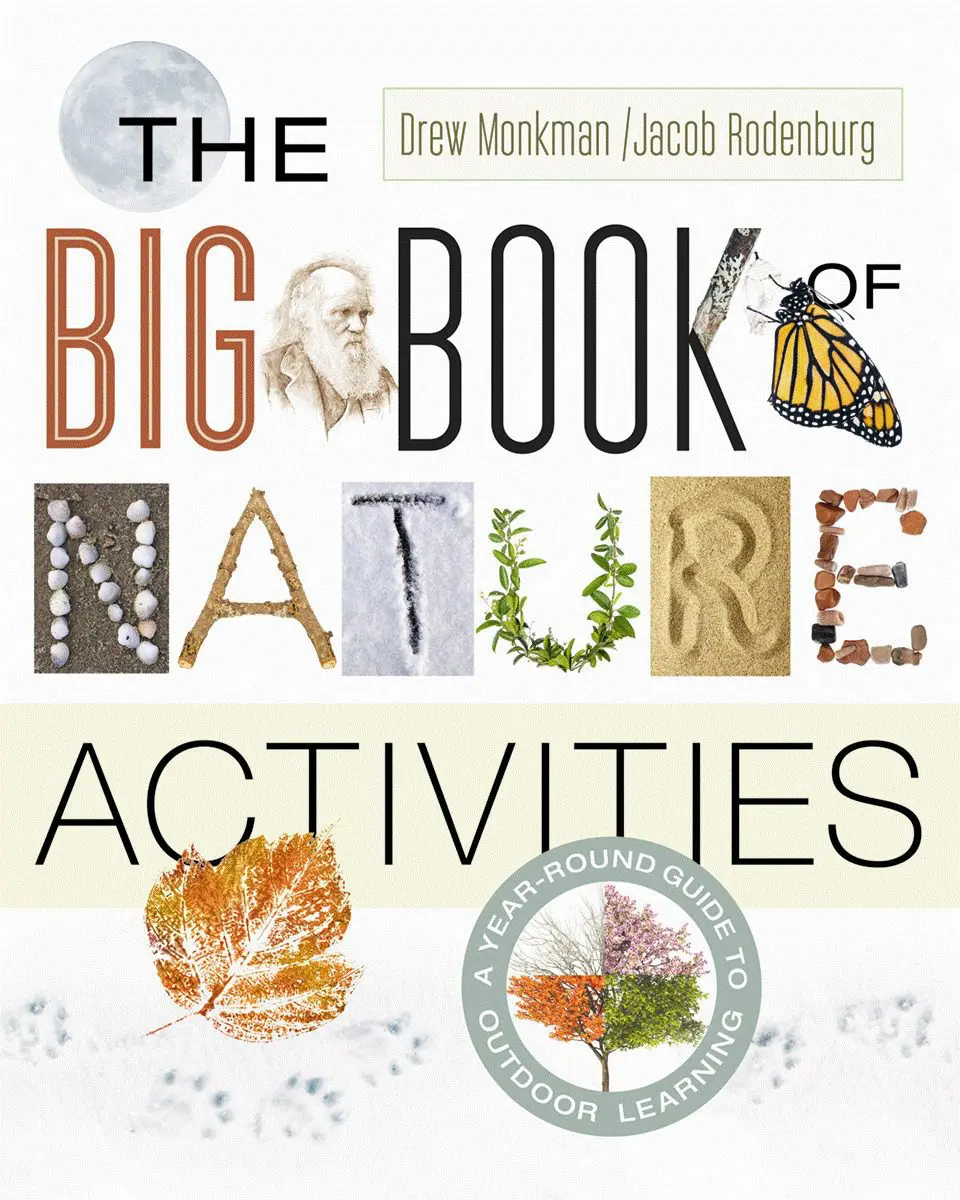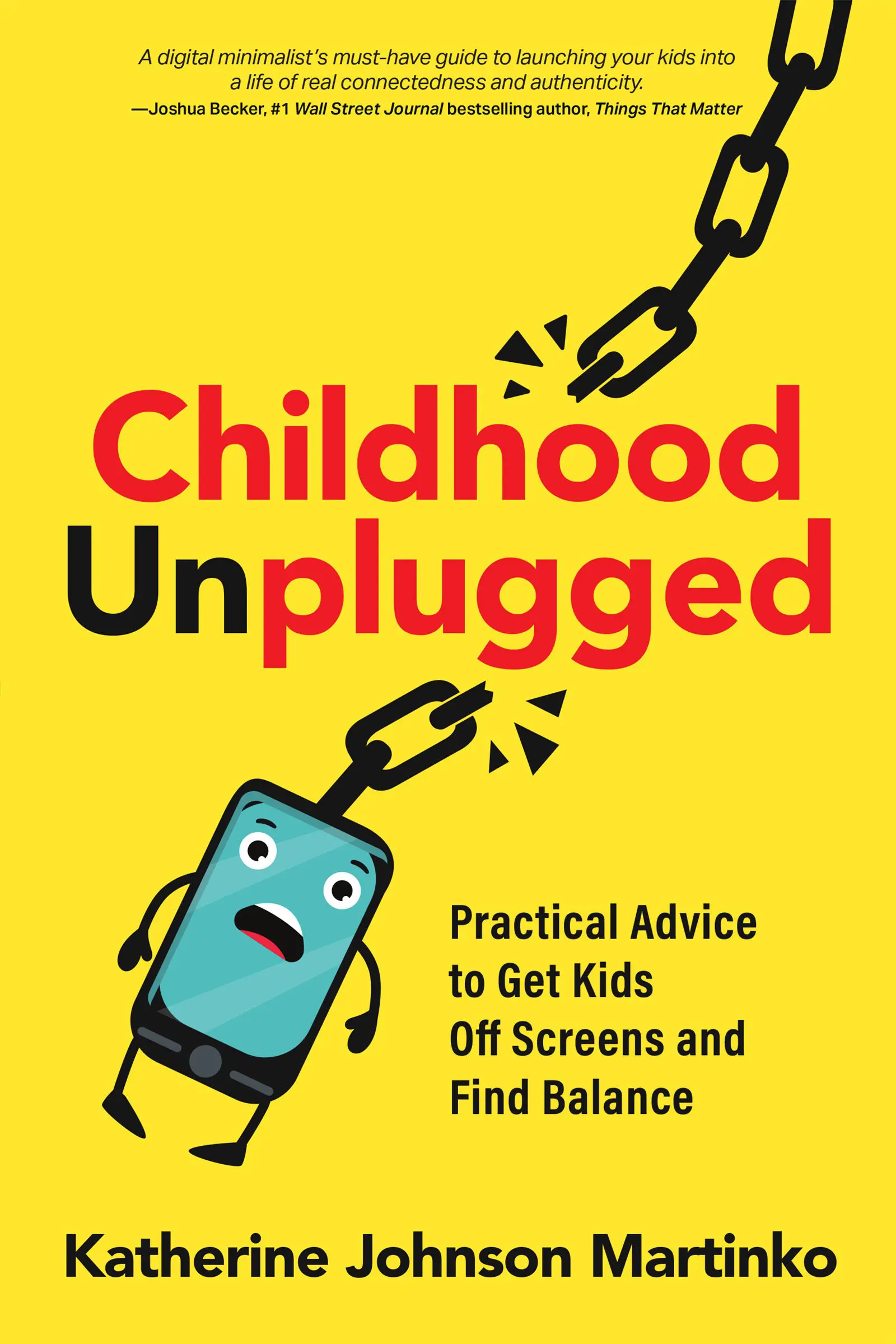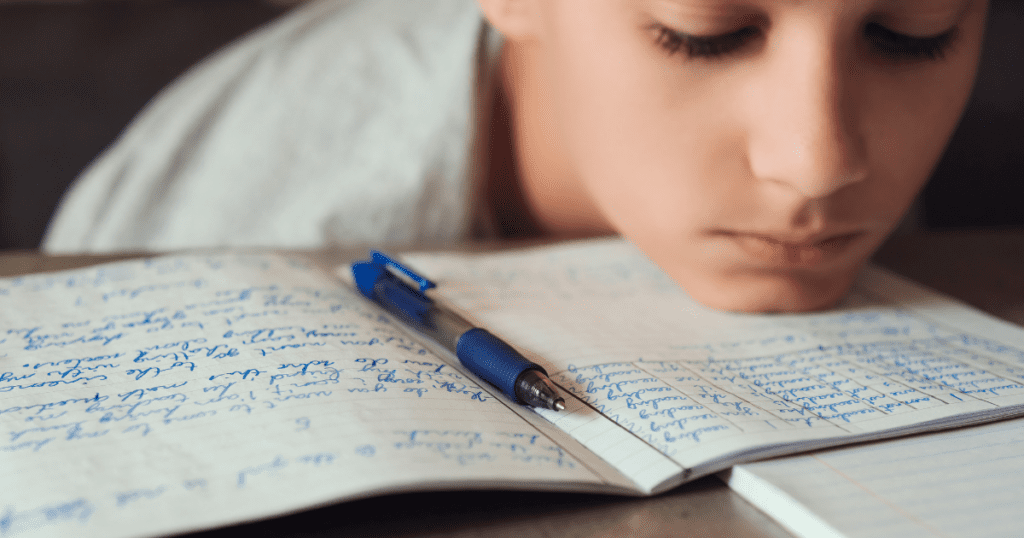
Late August always feels like standing on a bridge between two worlds. Behind us: the long, golden days of summer — sticky popsicle fingers, sandy toes, evenings that seem to stretch forever. Ahead: the crisp smell of freshly sharpened pencils, backpacks waiting by the door, and the return of a daily routine.
It’s a mix of excitement, nostalgia, and maybe a little resistance — for kids and parents alike. Kids might be buzzing to see their friends again, or they might already be missing lazy afternoons and sprinkler runs. Parents might be breathing a sigh of relief at the thought of structure returning, even as they wonder how summer flew by so fast.
The truth is, going back to school doesn’t have to mean saying goodbye to everything we love about summer. In fact, holding onto pieces of it can make the school year richer for everyone.
I’ve always been one of those people who genuinely enjoys back-to-school season. Even as a kid, I looked forward to it, not just the new pencils and notebooks, but the feeling of a fresh start.
So much about school has changed since then. Chalkboards have been replaced by smartboards, handwritten book reports by Google Docs. But some things haven’t changed a bit: the butterflies in your stomach that first morning, the squeak of sneakers in the gym, that shift in the air when September rolls in, somehow cooler and calmer than July ever could be.
Back-to-school still feels special to me. And maybe part of that is because I’ve learned it’s not about closing the door on summertime. It’s about carrying its best parts into the next chapter.
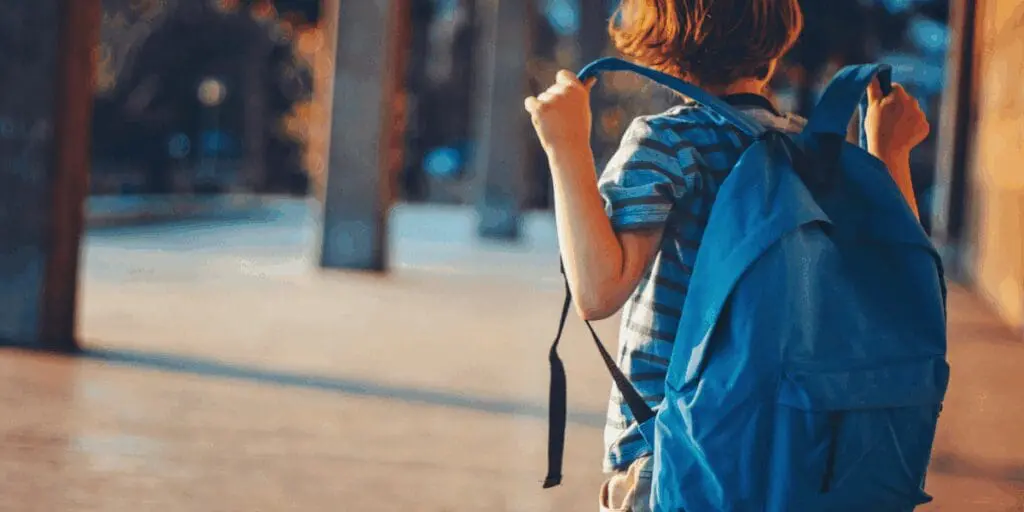
Why Play Doesn’t End When School Starts
I think there’s a common myth that when the first bell rings, the fun is over. That summer’s endless freedom gets replaced with sitting indoors all day, and the only time for play is the occasional recess.
But play isn’t the opposite of learning, it is learning. It’s how kids practice problem-solving, build friendships, test out ideas, and discover what they love. It’s the space where creativity thrives and bodies grow strong.
Even during the school year, kids need room for that kind of exploration. They still need to climb trees, race their friends, dig in the dirt, and invent elaborate games that don’t make sense to anyone but them. They still need to be outside, breathing fresh air, even if it’s just for a little while each day.
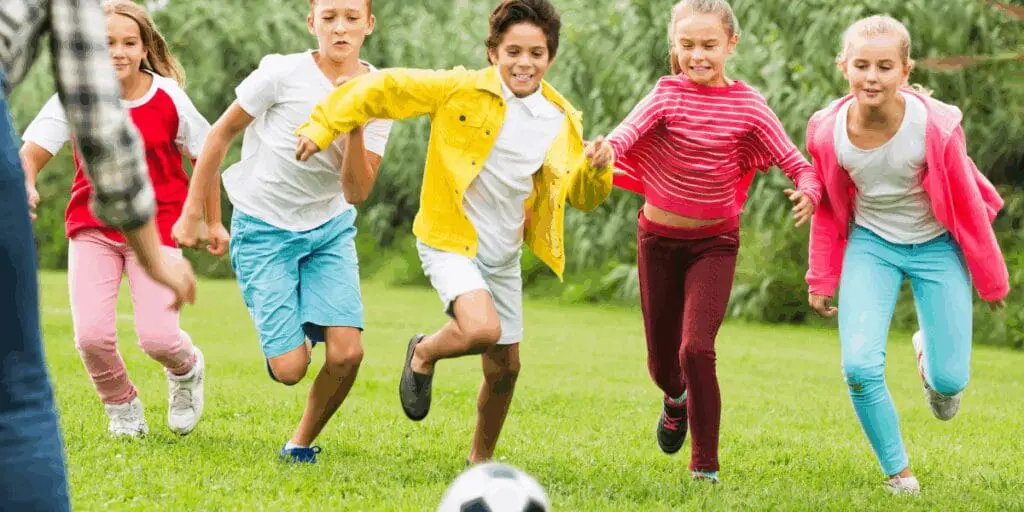
Finding Space for Play During the School Year
The school schedule is more structured than summer, but with a little intention, families can still weave in those joyful, active moments.
Here are a few ways to keep outdoor play alive:
- Walk or bike to school when possible. It’s good for the body and the brain, and it starts the day on a positive note.
- Make a park stop on the way home. Even 15–20 minutes of free play after school can boost mood and focus.
- Take homework outside. Math problems at a picnic table, reading on the porch — it’s a small shift that makes a big difference.
- Plan weekend adventures. Keep one afternoon free for hiking, biking, or exploring somewhere new.
- Encourage neighborhood play. Pickup soccer, basketball, or a game of tag before dinner keeps kids active and connected.
The Emotional Side of Transition
The shift from summer’s “let’s see where the day takes us” to school’s early mornings and full schedules can feel big. Some kids thrive on the structure, others take time to adjust.
Here’s how you can help smooth the transition:
- Start the conversation early. Talk about what’s coming so kids have time to prepare.
- Focus on the positives. Remind them about seeing friends, favorite teachers, or fun extracurriculars.
- Keep traditions going. If you had Saturday morning pancakes or Friday night ice cream in the summer, keep them alive in the fall.
- Validate their feelings. Sometimes just acknowledging that it’s a change helps kids feel understood.
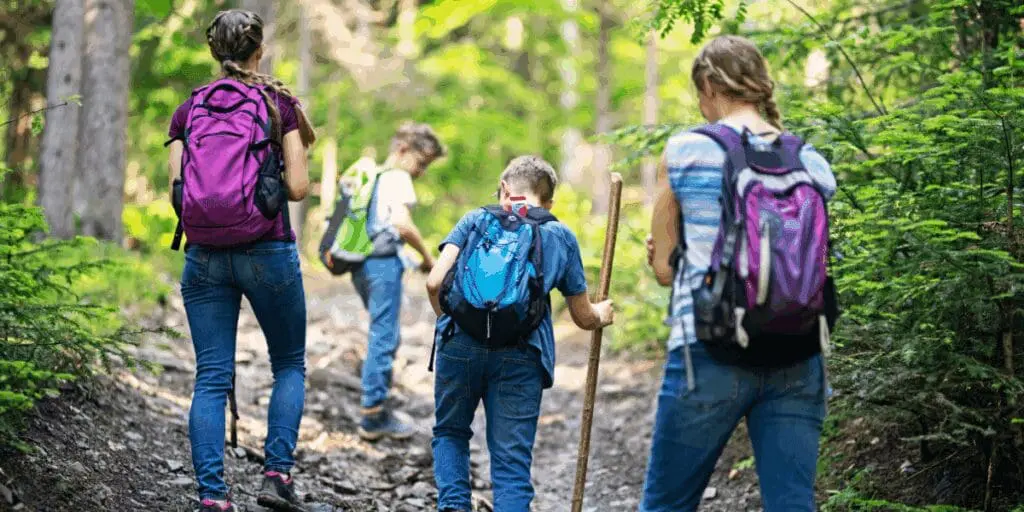
Carrying Summer Forward
One of the best ways to make the transition easier is to carry a bit of summer into the school year. That might look like:
- Packing a picnic lunch to enjoy outside once a week.
- Evening walks after dinner to watch the sunset.
- Gardening projects that stretch into the fall, letting kids watch the harvest unfold.
- Outdoor family time on weekends, whether that’s hiking, playing catch, or just sitting around a backyard fire.
These aren’t just “extra” moments, they’re the glue that holds connection and joy together through the busyness of the year.
Lessons for Grown-Ups, Too
Kids aren’t the only ones making a transition in September. For many adults, this season is a chance to reset, even if you’re not packing a lunchbox or catching the bus.
The back-to-school mindset is a good reminder for all of us to balance productivity with joy. To keep space for play, creativity, and fresh air in our own lives. To remember that the things that energize us in summer don’t have to disappear when the calendar changes.
If kids see us embracing change while still holding onto what we love, they’ll be more likely to do the same.
A Final Thought
Back-to-school season will always be one of my favorites. Maybe it’s the promise of new beginnings, or maybe it’s the way September feels like a deep breath after the high energy of summer. But I’ve learned that it’s not about ending one season and starting another, it’s about blending them.
We can keep the curiosity, connection, and playfulness of summer alive, even in the middle of a busy school year. We can make time for sunsets, for games in the yard, for adventures both big and small.
Because the truth is, learning happens everywhere, not just in classrooms. And some of the most important lessons come from running barefoot in the grass, exploring the outdoors, or making up your own rules to a game.
So here’s to a school year filled with fresh notebooks and grass stains. To playground laughter and big ideas. And to carrying a little piece of summer with us, wherever we go.

